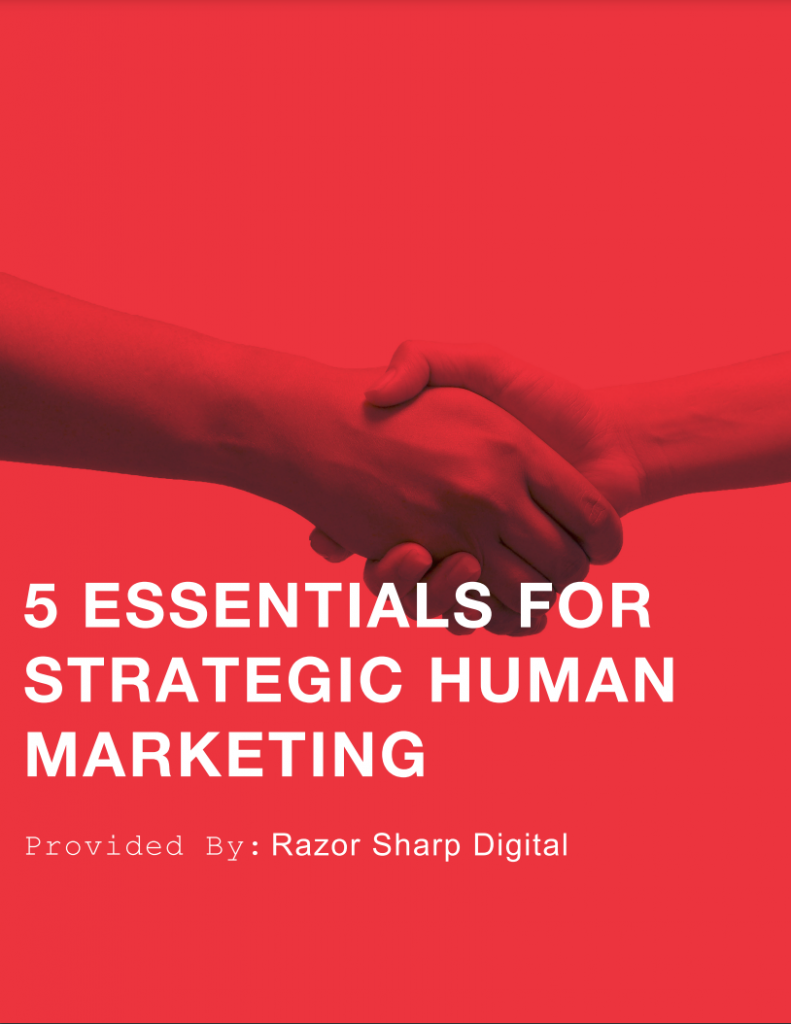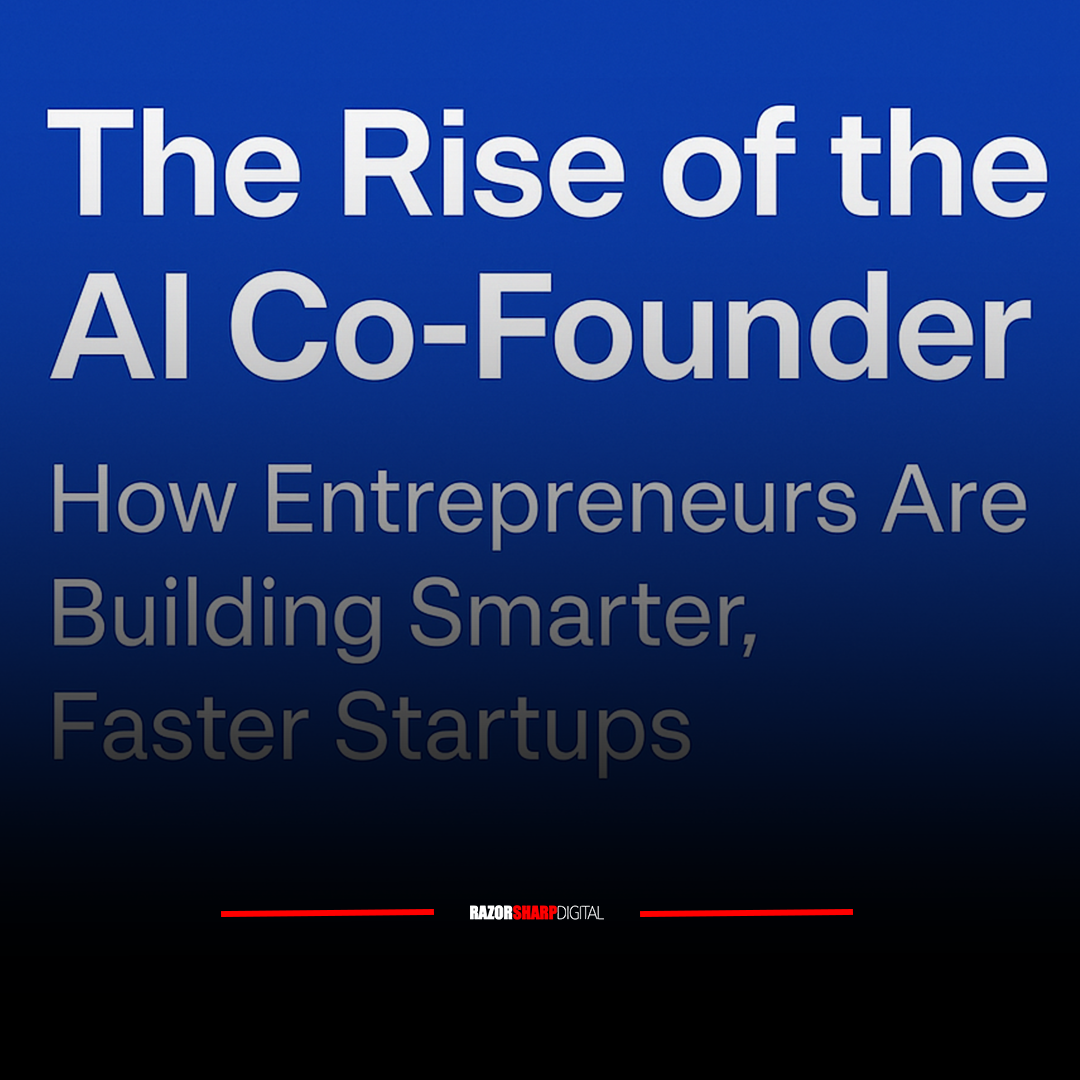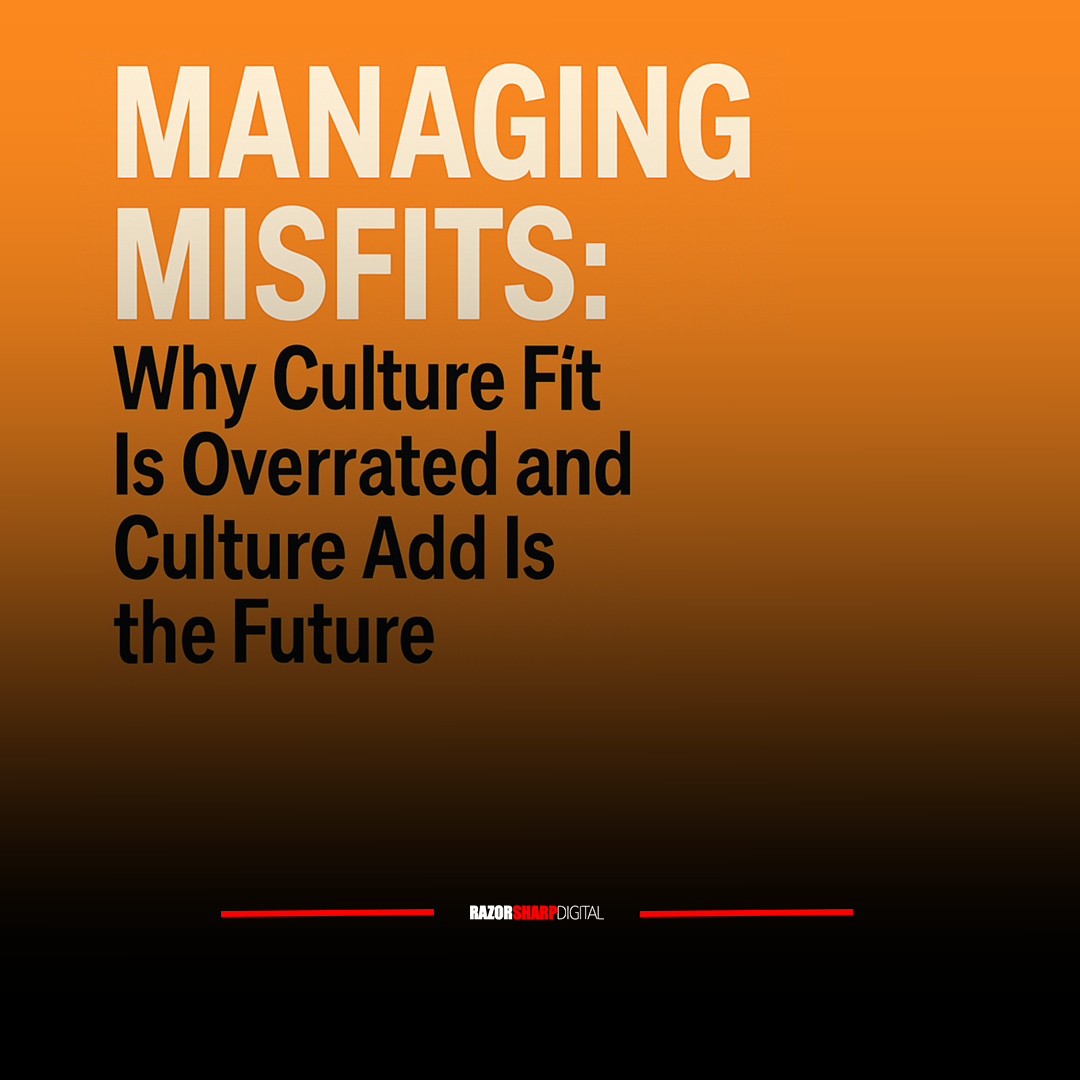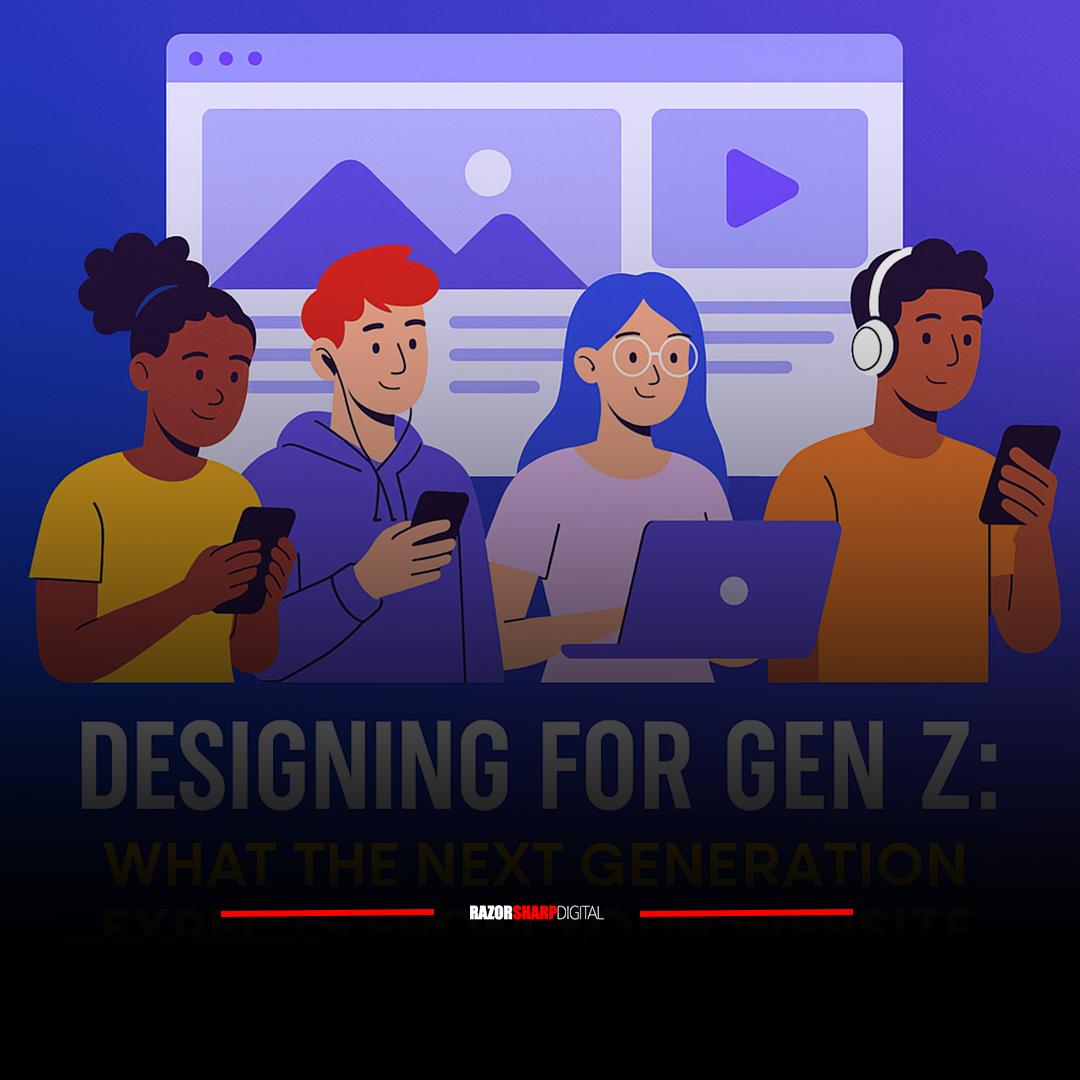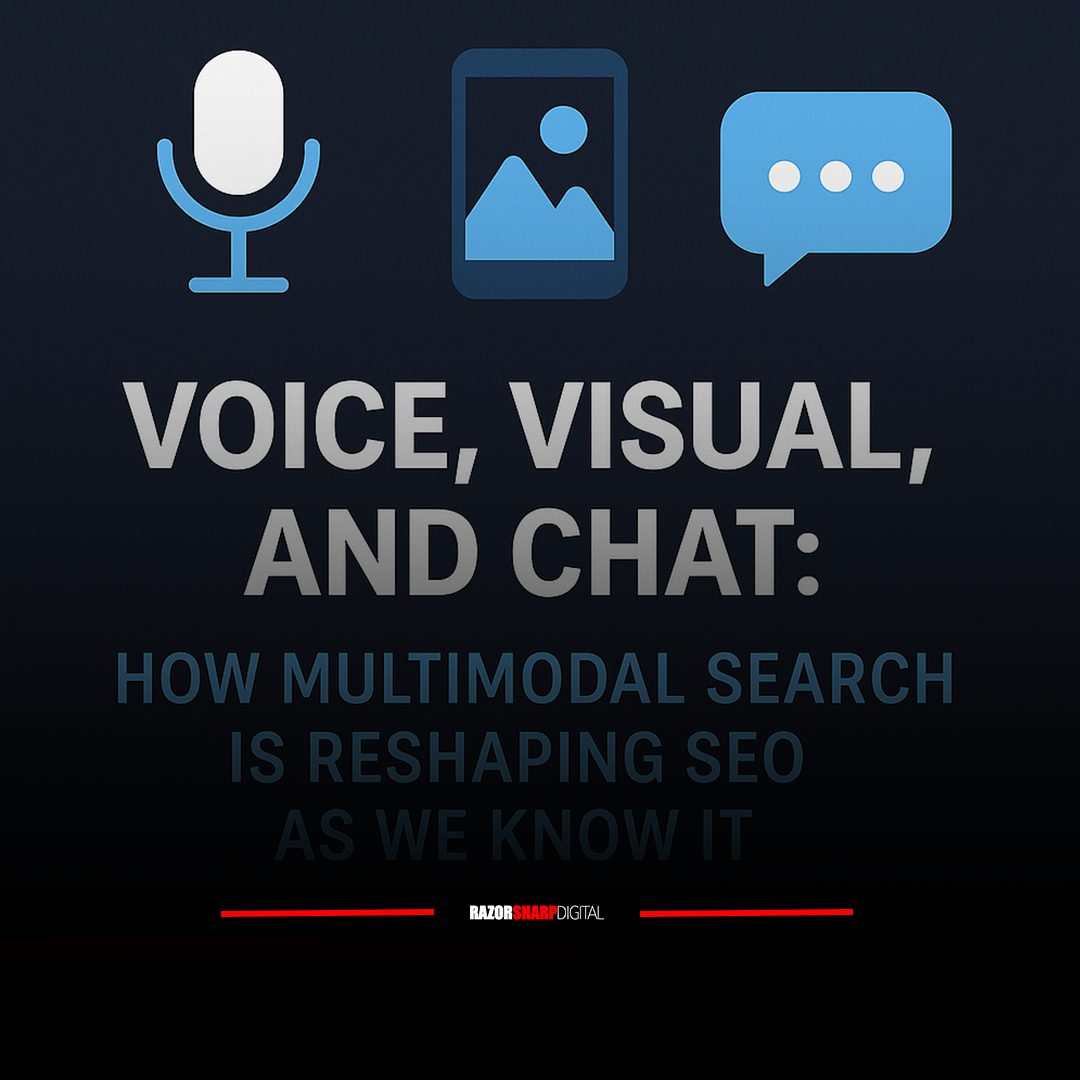Ensuring Inclusivity in Website Development Approach and Builds
Creating a website that is accessible to all is not just a matter of compliance with legal standards, but a testament to a business’s commitment to inclusivity and human-centricity. Web accessibility ensures that everyone, regardless of disabilities or impairments, can access and interact with your website effectively. It’s not just about code and compliance; it’s about creating a digital space that welcomes and serves every individual. In this article, we’ll explore the importance of web accessibility and how it ties into human-centricity, humanized marketing, and human business.

Is your website paying dividends? Let’s find out!
Creating a website that is accessible to all is not just a matter of compliance with legal standards, but a testament to a business’s commitment to inclusivity and human-centricity. Web accessibility ensures that everyone, regardless of disabilities or impairments, can access and interact with your website effectively. It’s not just about code and compliance; it’s about creating a digital space that welcomes and serves every individual. In this article, we’ll explore the importance of web accessibility and how it ties into human-centricity, humanized marketing, and human business.
Understanding Web Accessibility
Web accessibility refers to the practice of designing and developing websites that can be used by everyone, including those with disabilities. This encompasses a wide range of impairments, including visual, auditory, cognitive, and motor disabilities. Ensuring web accessibility means providing alternative ways for users to perceive, navigate, and interact with your content.
Human-Centricity in Website Design
Human-centricity in website development means putting the user at the center of the design process. It involves understanding the needs, preferences, and limitations of your audience and designing your website to meet them. This approach goes hand in hand with web accessibility, as it encourages a deep understanding of diverse user experiences.
Key Principles of Human-Centric Design
- User Research: Conduct thorough user research to understand the needs and preferences of your target audience. This includes considering the challenges faced by users with disabilities.
- User Testing: Regularly test your website with real users to gather feedback and make improvements. This ensures that your website remains inclusive and user-friendly.
- Clear Communication: Use plain language and provide clear instructions to guide users through your website. Avoid jargon and technical terms that may be confusing.
- Empathy and Inclusivity: Consider the perspectives of all users, including those with disabilities. Empathize with their experiences and design with inclusivity in mind.
Humanized Marketing Through Web Accessibility
Humanized marketing involves creating a personalized and empathetic connection with your audience. When your website is accessible, it sends a powerful message of inclusivity, which resonates with users. It shows that you value every visitor and are committed to providing a seamless experience, regardless of their abilities.
Benefits of Humanized Marketing through Web Accessibility
- Positive Brand Image: Demonstrating a commitment to accessibility fosters goodwill and builds a positive brand image. It shows that your business values diversity and inclusion.
- Expanded Customer Base: An accessible website opens up your products or services to a wider audience. This includes individuals with disabilities, as well as those using different devices or technologies.
- Enhanced SEO: Many accessibility practices, such as providing alt text for images, improve your website’s search engine optimization. This means better visibility for your business.
Web Accessibility and Human Business
A human-centric and humanized approach to web accessibility aligns perfectly with the principles of a human business. A human business prioritizes people over profits and aims to create a positive impact on society. By making your website accessible, you’re not only complying with legal requirements but also contributing to a more inclusive and equitable digital landscape.
Tips for Cultivating a Human Business through Web Accessibility
- Prioritize Accessibility in Decision-Making: Ensure that accessibility is a fundamental consideration in all stages of website development and decision-making processes.
- Engage with the Accessibility Community: Seek input and feedback from individuals and organizations specializing in accessibility. Their insights can greatly enhance your efforts.
- Continuous Improvement: Treat web accessibility as an ongoing process. Regularly review and update your website to incorporate new best practices and technologies.
In conclusion, web accessibility is not just a technical requirement, but a fundamental aspect of creating an inclusive digital space. When approached with human-centricity, humanized marketing, and a commitment to being a human business, web accessibility becomes a powerful tool for positive impact and growth. By ensuring your website is accessible to all, you’re not only meeting legal obligations but also taking a significant step towards a more inclusive and compassionate digital world.
Is your website paying dividends? Let’s find out!
Let's get connected!
Learn about strategic human marketing and how it can benefit your business.
Download for FREE TODAY!
Stay in touch with us!
Get all the latest content, news, and digital marketing insights to help you humanize your brand.
Categories
- Advertising (1)
- AI (4)
- Anchor.FM (1)
- Audio (2)
- Company Culture (1)
- Culture (1)
- Digital Marketing (20)
- Facebook (3)
- General (1)
- Instagram (2)
- Launch (1)
- Marketing (25)
- Paid Media Campaigns (9)
- Press Releases (1)
- SEO (17)
- Snapchat (1)
- Social Media (39)
- Storytelling (1)
- Twitter (1)
- Uncategorized (1)
- Video (2)
- Website Development (18)
We Are Your Human-Centric Marketing Partner
Your company needs humanization and personalization in order for it to thrive and grow. Our systematic, strategic, and seasoned approach will help you thrive and grow. Let’s discuss ways we can help your business become more human-centric so you can dominate.


